Why moving the Cauberg in Amstel Gold Race will show that tradition isn't always best
Comment: Tradition is vital to the Classics, but unpredictability is what makes these races really special
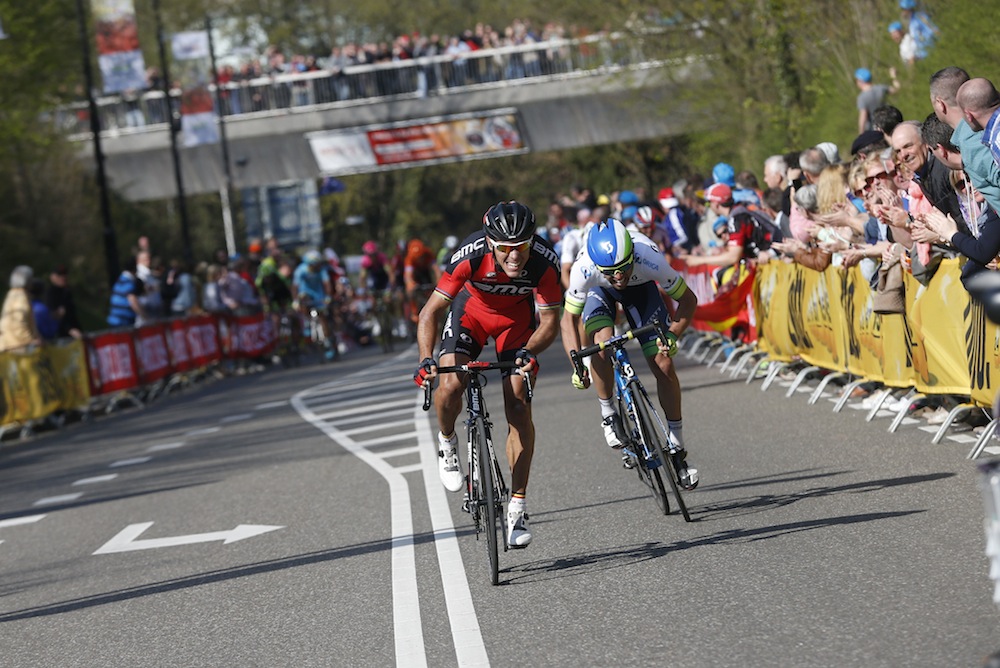
The Cauberg has become the traditional climax to a day of climbing at Amstel Gold Race
Tradition is one of the pillars of professional cycling, and woe betide those who thumb their nose at it.
The latest is Amstel Gold Race organiser Leo van Vliet, who has been criticised in some quarters for dropping the traditional finish of his event, just beyond the Cauberg climb out of Valkenburg, with the aim of making it a more open contest.
>>> Pros warn against changes to Flanders, Roubaix, and San Remo routes after Amstel Gold alteration
The Cauberg is, for traditionalists, Amstel’s raison d’être. The Dutch Classic builds up over climb after climb, more than two dozen of them, including two early ascents of the Cauberg, to culminate with one all-out sprint up the iconic kilometre-long hill with a puncheur in the mould of Philippe Gilbert the almost certain victor.
It’s thrilling, but also predictable. Van Vliet wants thrilling, but unpredictable, and all power to him for making that decision. His move once again raises the question of the extent to which race organisers should stick to tradition.
Sitting above Amstel in cycling’s one-day hierarchy, the five monuments of the sport – San Remo, Flanders, Roubaix, Liège and Lombardia – all more or less follow a traditional route.
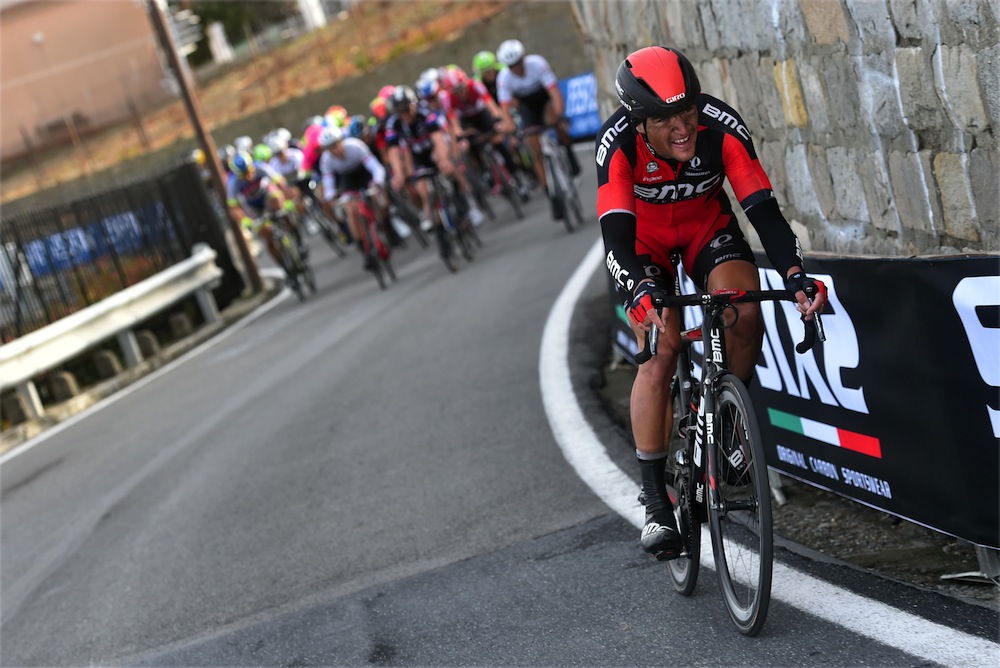
Yet each of them has been adapted considerably over the century or more they’ve been in existence to ensure they remain spectacular and, therefore, legitimate as contests.
Get The Leadout Newsletter
The latest race content, interviews, features, reviews and expert buying guides, direct to your inbox!
For more than half of its existence San Remo didn’t feature the Poggio or Cipressa, while Flanders began as a huge loop that included not a single cobbled berg, and for decades Roubaix’s most critical location was the hill coming out of Doullens.
For most of its history Liège finished on the flat in the centre of that city, while Lombardia’s route changes almost every year, a passage over the Ghisallo its only tradition.
Each one of these great races has changed as the sport and the roads on which they’re contested have changed.
Yet, in most cases, their character has been respected, obvious exceptions being the near-permanent loss of Roubaix’s cobbles in the 1960s and Lombardia’s brief 1980s dalliance with a finale on an industrial estate.
Of this quintet, Liège is arguably most in need of an Amstel-like makeover. ASO tinkers with the route each year, but is effectively hamstrung by the uphill finish in the Liège suburb of Ans, which pays for that privilege.
The result is a race where most of the main contenders hold their fire until the very final kilometre, in a similar way to Amstel, and where there is stalemate on the climbs that have traditionally been Liège’s proving ground – the Côte de Wanne, Stavelot and La Redoute, much to the frustration of fans out on the course and many of the riders competing.
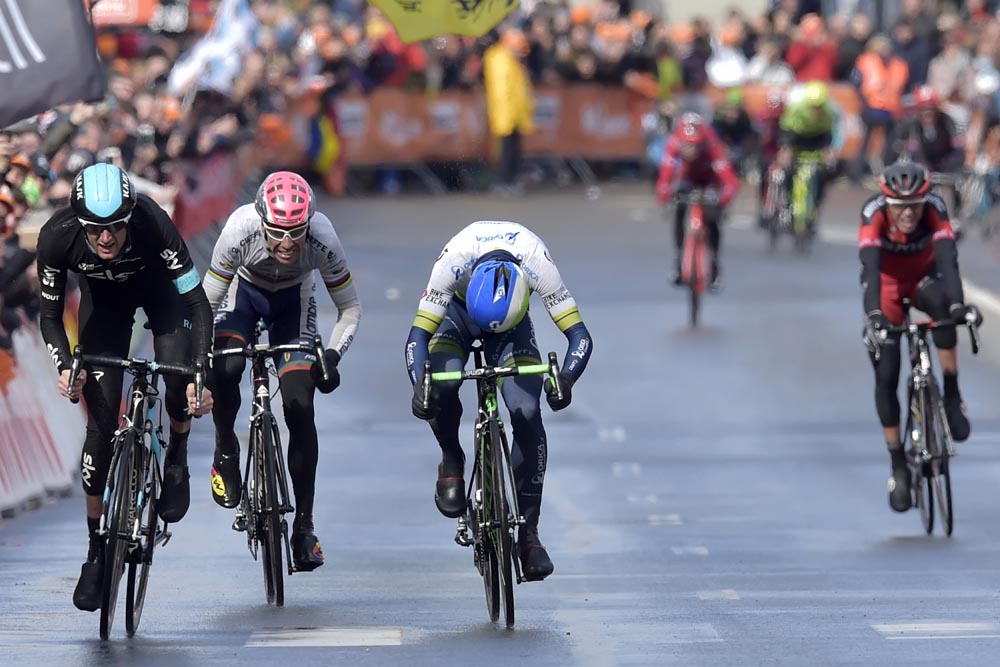
Once crucial, they’ve become little more than hurdles that must be negotiated on route to Saint-Nicolas, Roche-aux-Faucons or whatever novelty ASO has unearthed in the final 20 kilometres.
A return to the city centre finish in Liège would undoubtedly change this. It would bring new faces into contention, ask questions of the specialist climbers who now dominate and, as van Vliet hopes with Amstel, add some unexpected spice.
Rather than adhering to the usual strategic template, riders would have to rethink their tactics and come up with something new.
This would surely be better than sticking with tradition come what may.

Thank you for reading 20 articles this month* Join now for unlimited access
Enjoy your first month for just £1 / $1 / €1
*Read 5 free articles per month without a subscription

Join now for unlimited access
Try first month for just £1 / $1 / €1
Peter Cossins has been writing about professional cycling since 1993, with his reporting appearing in numerous publications and websites including Cycling Weekly, Cycle Sport and Procycling - which he edited from 2006 to 2009. Peter is the author of several books on cycling - The Monuments, his history of cycling's five greatest one-day Classic races, was published in 2014, followed in 2015 by Alpe d’Huez, an appraisal of cycling’s greatest climb. Yellow Jersey - his celebration of the iconic Tour de France winner's jersey won the 2020 Telegraph Sports Book Awards Cycling Book of the Year Award.
-
 A bike rack with an app? Wahoo’s latest, and a hub silencer – Sea Otter Classic tech highlights, Part 2
A bike rack with an app? Wahoo’s latest, and a hub silencer – Sea Otter Classic tech highlights, Part 2A few standout pieces of gear from North America's biggest bike gathering
By Anne-Marije Rook
-
 Cycling's riders need more protection from mindless 'fans' at races to avoid another Mathieu van der Poel Paris-Roubaix bottle incident
Cycling's riders need more protection from mindless 'fans' at races to avoid another Mathieu van der Poel Paris-Roubaix bottle incidentCycling's authorities must do everything within their power to prevent spectators from assaulting riders
By Tom Thewlis
-
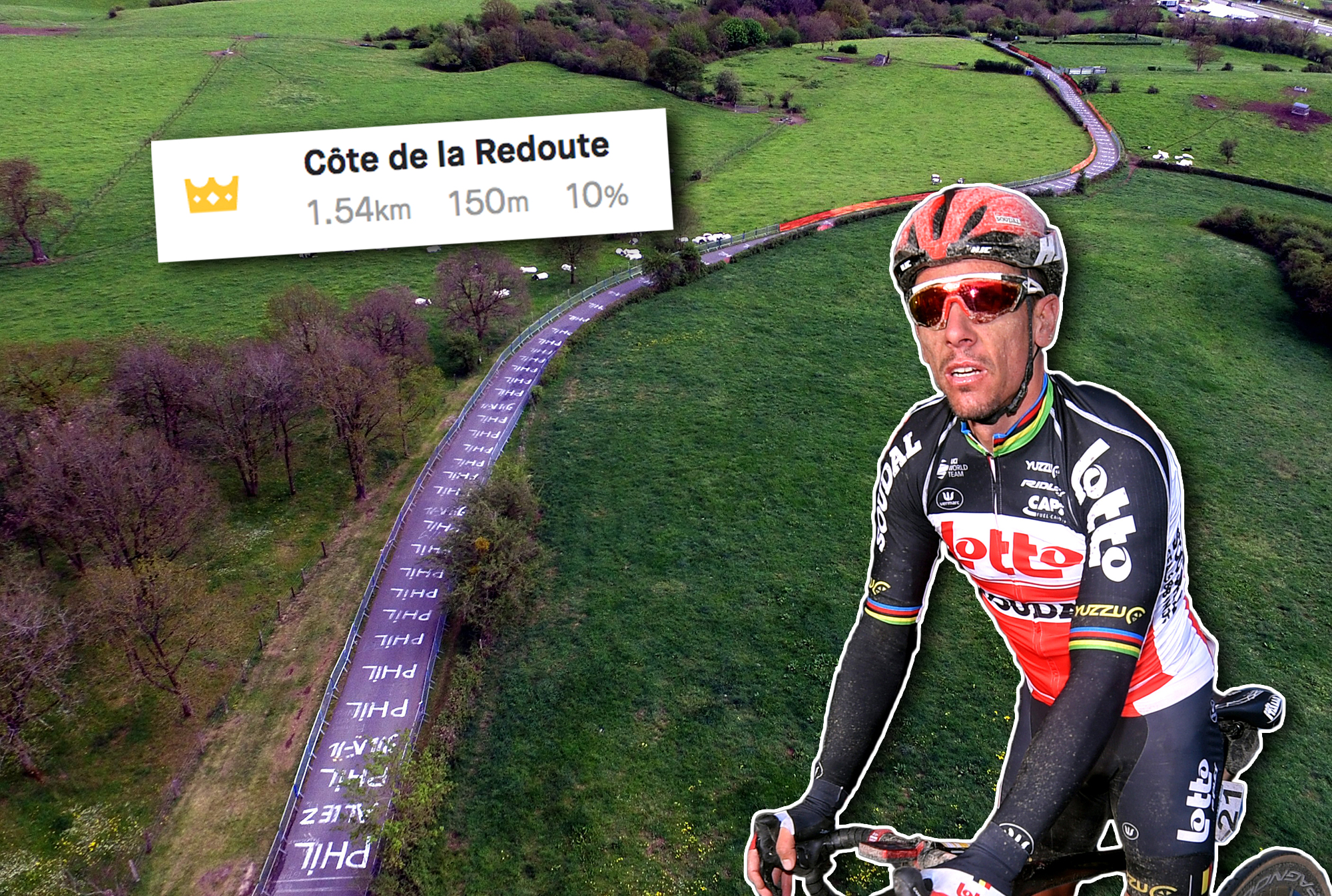 Seven riders have already beaten Philippe Gilbert's La Redoute Strava KoM
Seven riders have already beaten Philippe Gilbert's La Redoute Strava KoMThe Liège-Bastogne-Liège climb has seen a flurry of KoM attempts in the last week
By Jonny Long
-
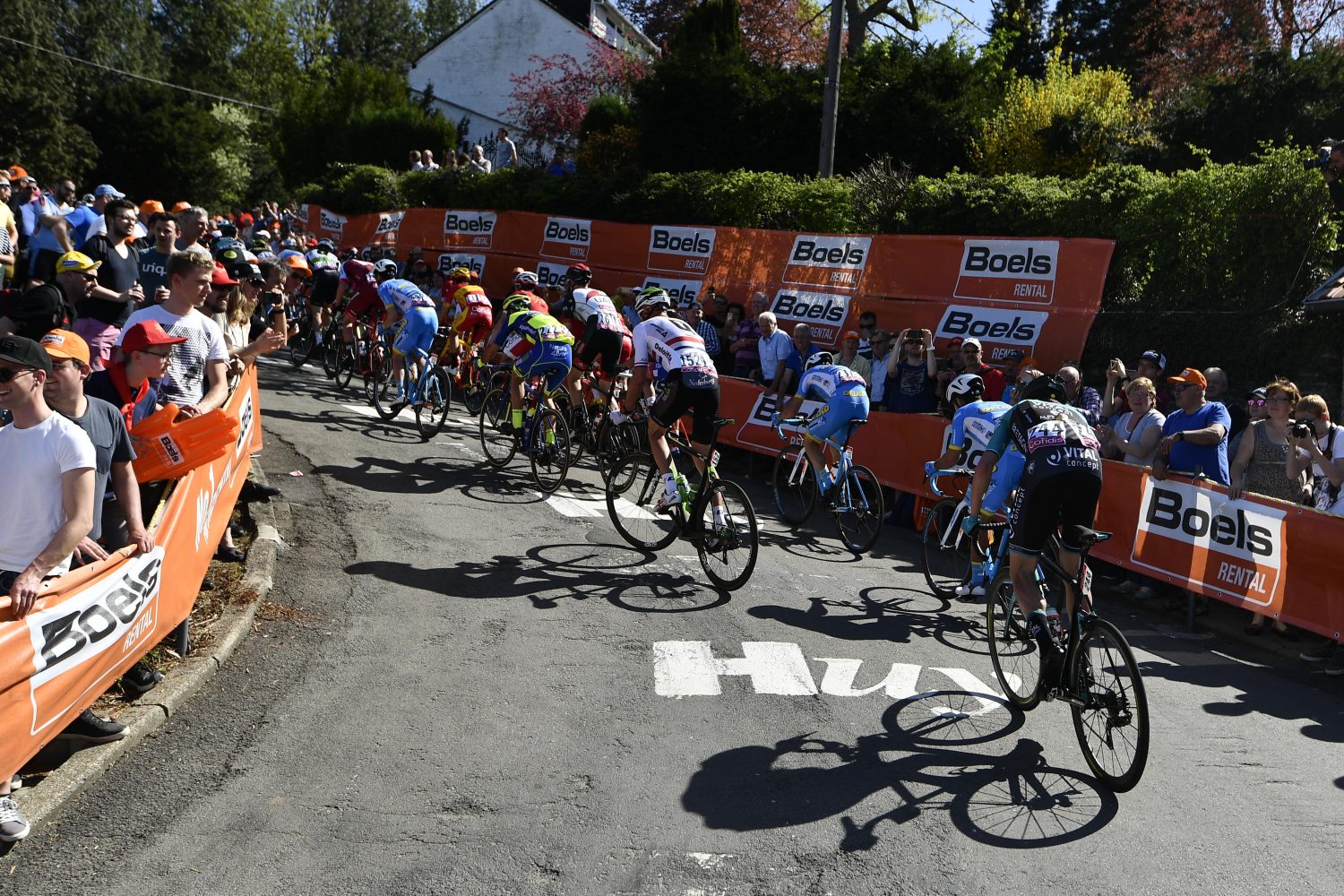 The Mur de Huy: where La Flèche Wallonne will be won or lost
The Mur de Huy: where La Flèche Wallonne will be won or lostThe Mur de Huy is one most spectacular finishing climbs in cycling. With its inclusion in this year's Tour de France, we have a look at this famous climb
By Chris Sidwells
-
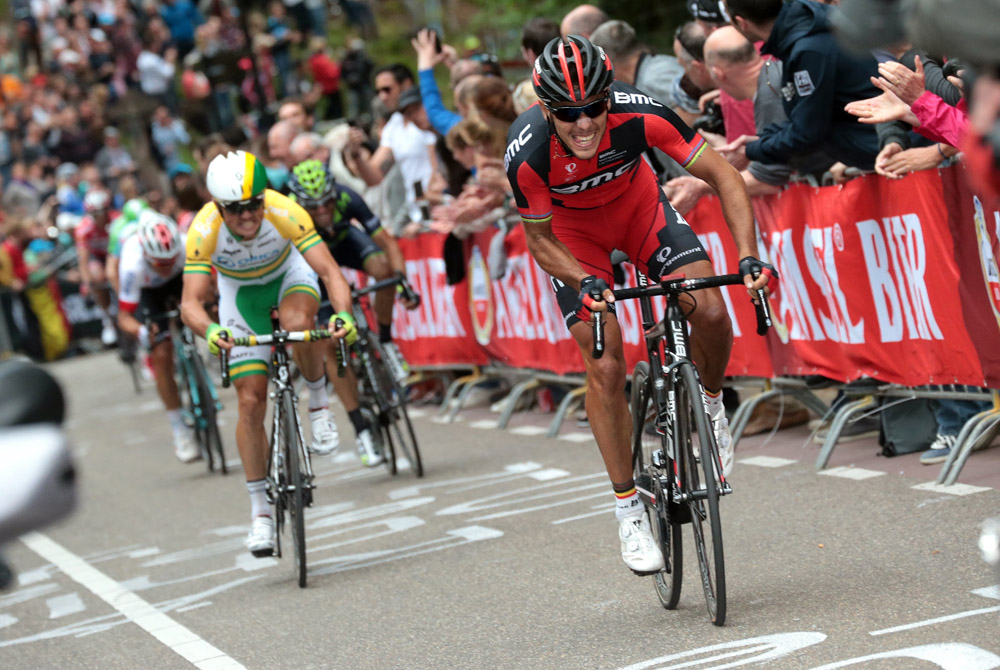 Iconic Places: The Cauberg, Amstel Gold Race's most famous climb
Iconic Places: The Cauberg, Amstel Gold Race's most famous climbAs the Classics head for the hills, for the Amstel Gold Race no ascent is more famous than the Cauberg climb
By Chris Sidwells
-
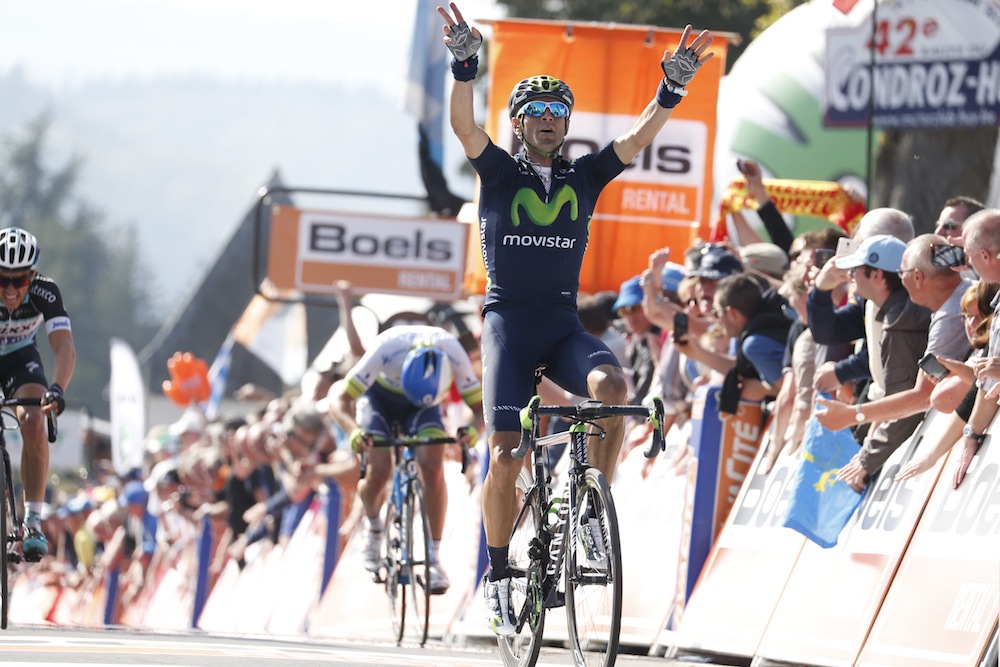 Alejandro Valverde wins the 2015 Fleche Wallonne
Alejandro Valverde wins the 2015 Fleche WallonneValverde makes it back-to-back wins at Fleche Wallonne after sprinting to victory on the Mur de Huy
By Richard Windsor
-
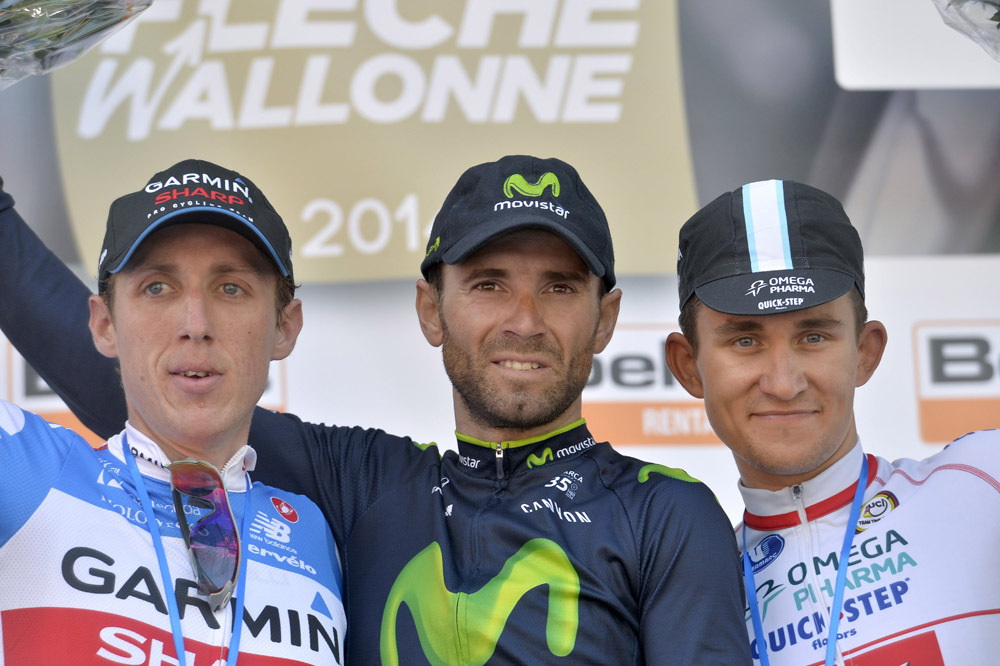 Alejandro Valverde back on top in Classics with Fleche Wallonne win
Alejandro Valverde back on top in Classics with Fleche Wallonne winAlejandro Valverde scores first Classics win since returning from doping ban in 2012
By Gregor Brown
-
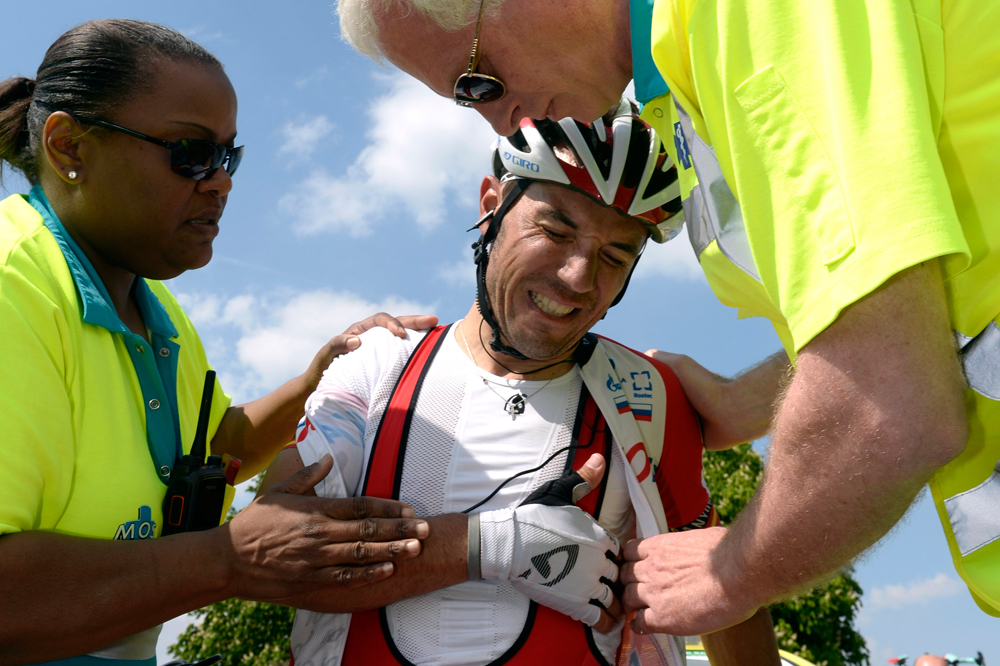 Joaquim Rodriguez back in action at Fleche Wallonne after Amstel crash
Joaquim Rodriguez back in action at Fleche Wallonne after Amstel crashAndy Schleck also suffering from injuries sustained during Amstel Gold Race on Sunday
By Gregor Brown